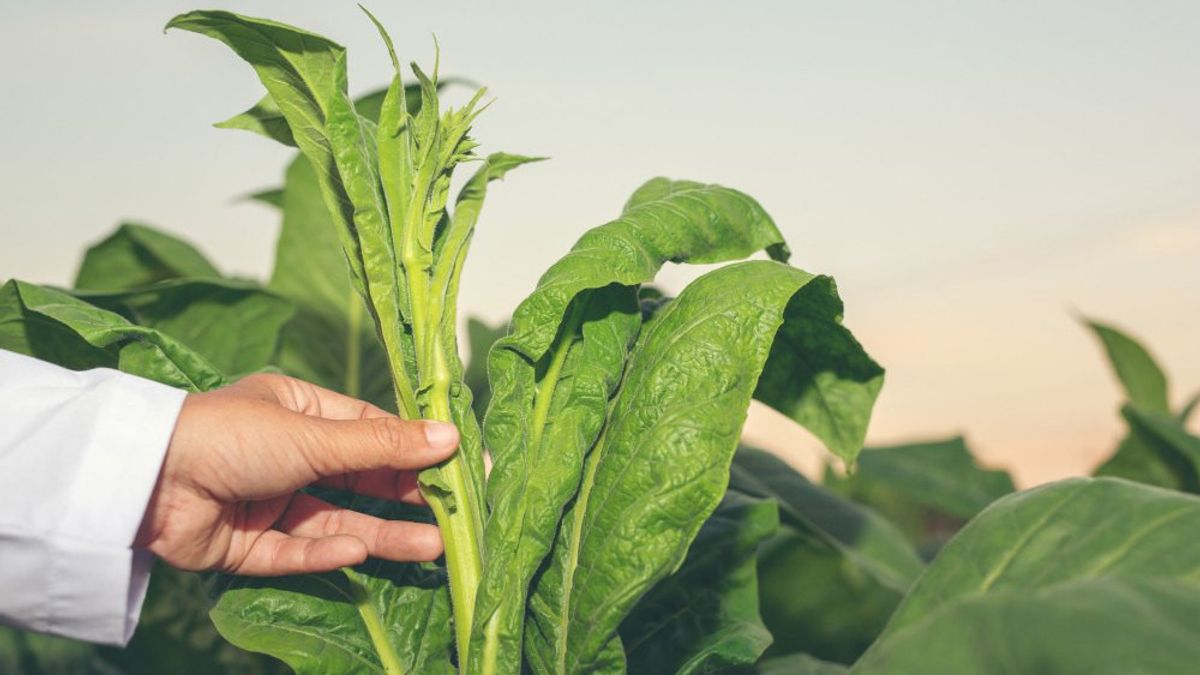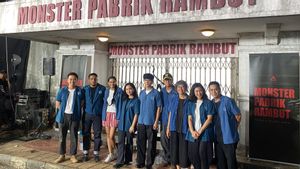YOGYAKARTA - Pesticides are materials used to control pests and diseases in plants. However, excessive use of chemical pesticides can have a negative impact on the environment, such as damaging the environment, polluting soil, and causing adverse effects on human health.
As a more environmentally friendly solution, farmers can use pesticides made from organic ingredients. Natural pesticides use leaves as a material for their manufacture. Various types of leaves are known to have effective properties to control pests and maintain plant health.
The use of natural pesticides is believed to improve the quality of crop yields and not cause damage to the environment. If you've been using chemical pesticides, maybe now you can switch to natural pesticides. If you want to make it yourself, you need to know what leaves pesticides can make and how to process them.
Here are some types of leaves that can be used as ingredients for making natural pesticides:
Mimba or neem leaves have long been known as one of the main ingredients in making organic pesticides. Active substance content such as azadirachtin on mimba leaves can inhibit the growth of insect pests, paralyze them without killing directly, and prevent them from reproducing.
Pesticides made from mimba leaves are effectively used to control mealy pests, caterpillars, and locusts. In addition, mimba leaves also have antibacterial and antifrug properties, so they are very good for use to protect plants from disease attacks.
Tobacco leaves contain natural nicotine which is effective for controlling disruptive insects such as leafbugs, thrips, and caterpillars. Nikotins found in tobacco leaves work by damaging the pest's nervous system, making them die in no time.
To make pesticides from tobacco leaves, dry leaves can be soaked in water for several days. Then the leaf immersion is filtered and the liquid is sprayed on plants. The use of pesticides from tobacco leaves must be careful because too high nicotine content can affect the health of humans and pets.
Pepaya leaves are known to contain padin enzymes that are toxic to pest insects. Natural pesticides made of papaya leaves are effective in controlling pests such as caterpillars, wasngs, and locusts.
The way it is made is very simple, namely by destroying fresh papaya leaves and mixing them with water. Then the mixture of leaves is filtered and sprayed into plants that are exposed to pests. In addition to being effective against pests, these leaves can also help prevent plant disease due to bacterial or fungal infections.
Soursop leaves contain an annonacin compounds that function as natural insecticides. Pesticides from soursop leaves are able to eradicate pests such as caterpillars, ticks, and fruit flies. Soursop leaves can also inhibit the growth of insect larvae and destroy pest eggs that stick to plant leaves.
Making pesticides from soursop leaves is quite easy. Fresh leaves are crushed and mixed with water, then the liquid is used to spray plants.
Suren leaves contain natural compounds that have a deadly effect on insect pests. The use of daun suren as a natural pesticide has proven effective in controlling aphids, thrips, caterpillars, and other pests.
How to make pesticides from Suren leaves is quite easy. Dry leaves are boiled in water, then the boiled water is used to spray plants that are attacked by pests.
SEE ALSO:
Kemangi leaves have a strong aroma and antimicrobial substances that can be used to repel pests such as mealybugs, caterpillars, and fruit flies.
The use of kemangi leaves as a natural pesticide is perfect for vegetable and fruit plants. The method is quite easy, kemangi leaves are destroyed and mixed with water, then filtered and sprayed on plants.
Those are some leaves that pesticides can make and how to make them. The use of natural pesticides from leaves is also the right solution in realizing sustainable and environmentally friendly organic farming. Also read the tips of planting hydroponic plants so that they are always fresh and fast growing.
Stay up to date with the latest domestic and other overseas news on VOI. You present the latest and most updated nationally and internationally.
The English, Chinese, Japanese, Arabic, and French versions are automatically generated by the AI. So there may still be inaccuracies in translating, please always see Indonesian as our main language. (system supported by DigitalSiber.id)


















